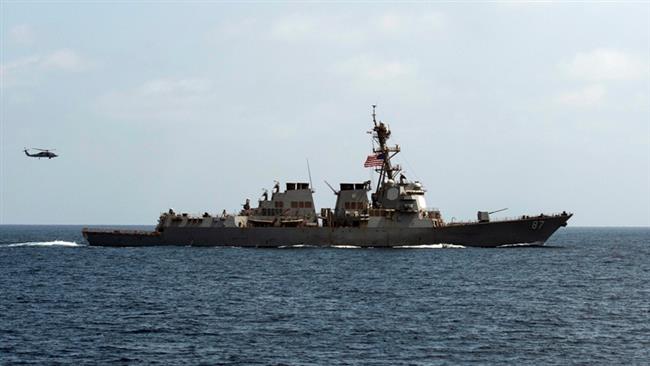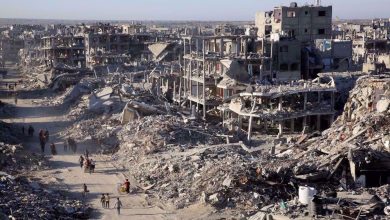Islamic finance set for big lift from Iran


The Islamic finance industry is expected to get a significant lease of life from the opening of Iran’s economy which has assets of around $448 billion to its name.
The Iranian banking system has yet to fully hook up with the global financial system as well as important Islamic finance institutions, especially those in Southeast Asia.
Iran is about to assume chairmanship of the Islamic Financial Services Board (IFSB) for the year 2017, adding a fresh weight to its status as one of the largest players in terms of assets in Shariah-compliant banking.
Last Wednesday, the Kuala Lumpur-based IFSB said it had appointed the Central Bank of Iran Governor Valiollah Seif as its chairman effective from Jan. 1.
The appointment is a major boost to Iran’s bid to reintegrate into the international finance system after years of seclusion because of US-led sanctions. It could also help Iran fine-tune its finance practices with those in other Islamic financial centers across Asia and the Middle East.
For more than three decades, Iran’s entire banking system has followed Islamic principles, which includes 34 Islamic banks with assets of about $450 billion, putting the country on par with the likes of Saudi Arabia and ahead of Malaysia.
Chairman of Iran Banking Institute Mehdi Razavi even puts Iran’s banking assets at no less than $518 billion, which would make the country the biggest Islamic financial asset holder in the world, according to Doha-based Gulf Times newspaper.
This represents around a third of total assets attributable to Islamic banking globally estimated at $1.5 trillion.
The IFSB sets the standards for Islamic finance and offers guidelines on better governance, capital adequacy and liquidity risk management, among others.
Seif’s first step in office in the IFSB is expected to be pushing forward the adjustment of new sukuk products, which are currently in development by Iran’s Securities and Exchange Organization, towards international Islamic finance standards.
Iran’s version of Islamic finance slightly differs with what is observed in other Muslim countries. For instance, the payment of interest is banned in Islamic finance around the world but Iranian banks charge a profit rate that is periodically set by the central bank as a way of curbing inflation.
By aligning its finance practices, observers expect “the dawn of a new era” for Iran’s Islamic banks and the move is expected to positively affect myriad sectors.
For example, an opening of Islamic finance industry in Iran would likely unleash a flood of sukuk issued by Iranian companies from manufacturing to hospitality, transport and other core industries.
It could also bring state organizations on board about funding infrastructure development programs and power plants and providing much-needed investments in the petrochemical sector.
The way, however, is not without challenges. Beside bringing its version of Islamic banking in line with established standards of other Shariah-banking jurisdictions, Iran has to implement a better system of checks and balances in its banks.
In recent years, banks and financial institutions have mushroomed in Iran, engaging more in speculative activities than finance.
According to the Central Bank of Iran, the financial sector has about $260 billion of liquidity. This figure equals 65% of the GDP of Iran’s economy. Normally, the cash flow is not a bad thing but it becomes a burden when it trickles into the non-productive sector, leading to stagflation.
Economists say what the government needs to do now is to channel financial resources to production from the speculative market.
Iran’s integration, they say, could both help put the country’s financial boat on an even keel and enormously boost Islamic finance industry even if the process of aligning the different approaches may take years.




